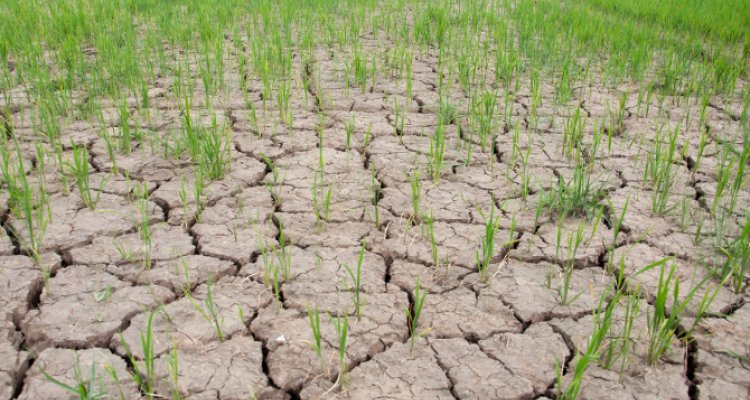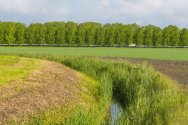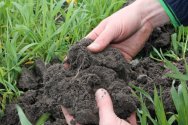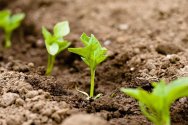
Dossier
Climate and soils
The soil and the way we use it can play an important role in reducing the effects of climate change. Greenhouse gases like CO2 and N2O are stored in the soil, a natural process that helps reduce the amount of these gases in the atmosphere. Research into such complex soil processes is a very important step towards improving soil management and use. WUR is leading the way in this soil research.
- Unfortunately, your cookie settings do not allow videos to be displayed. - check your settings
After the oceans, the soil is the largest store of carbon, one of the building blocks of CO2. Plants and trees absorb CO2 from the atmosphere and use the sun to convert it into oxygen and plant biomass such as roots and leaves through photosynthesis. Some of the carbon captured by plants is quickly absorbed by the soil when it leaks from plant roots or is actively excreted and forms a source of food for soil organisms. Most of the carbon in the soil is produced by dead plant matter and the excrement of organisms that live off plants. This organic matter consists of nitrogen and many other compounds (in addition to carbon), but in a form that plants cannot absorb as food. Soil organisms play a crucial role here, particularly the microorganisms that live off these compounds and break them down. These organisms release CO2 (soil respiration) and also nutrients that plants can use.
In natural systems, organic matter decomposes slower than new matter builds up, so that carbon derived from CO2 is stored in the soil. The soil can retain this carbon for thousands of years. When the soil is disturbed, for example due to tillage or draining of wet areas (such as peat bogs), the organic matter is exposed to oxygen which accelerates the process of decomposition by microorganisms.
Clay particles also play an important role in the retention of carbon in the soil. The formation of microstructures results in carbon storage because organic matter is attached to mineral soil particles in such a way that it cannot be used by microorganisms. Disturbing the soil causes some of these structures to be broken down and this makes the organic matter accessible to microorganisms again. A soil structure that has slowly developed over centuries can hence lose its carbon storage function in a very short period of time.
Improving the soil for the climate
The soil’s ability to capture carbon depends on the quantity and types of plants and organic matter, the amount of input and type of organic matter, the oxygen and water balance, water and soil organisms, and the type of land use. WUR combines fundamental and applied knowledge to find integrated and unique solutions for sustainable soil management.
Our research focuses on climate mitigation – making optimal use of the soil and crops to capture greenhouse gases (CO2 and N2O) – and climate adaptation, which involves developing soils that are resistant to the effects of climate change such as salinization, erosion and extreme drought.
Examples of our research projects
- Recovering degraded land through soil restoration
- More efficient photosynthesis to increase carbon sequestration and crop yields
- Improving our understanding of the important effects of interaction between plants and microorganisms in the C and N cycle
- Plant breeding; developing crops that are more resistant to the effects of climate change
- New cultivation systems such as strip cultivation
- Unfortunately, your cookie settings do not allow videos to be displayed. - check your settings
More videos
- Soils and climates by the Soil Science Society of America
- Soil Solutions to Climate Problems by the Center for Food Safety








